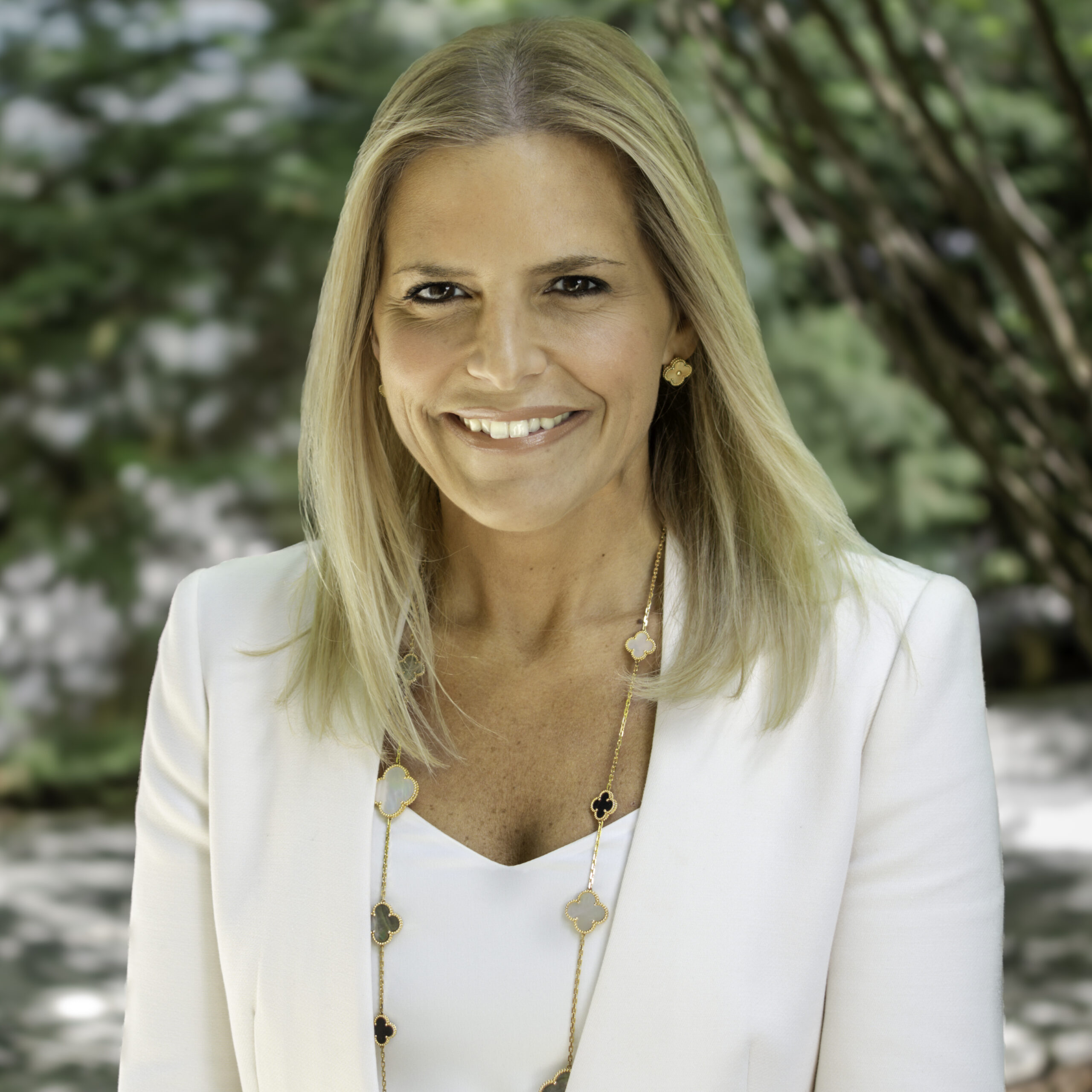The sale is often the most critical and complex part of art changing hands—especially in cases involving estates or major collections with multiple moving parts. “There’s a tremendous amount of work that goes into the disposition of a half-billion-dollar art collection,” she says. “When you see these mega-sales—whether they’re estate liquidations or high-profile divorces like the Macklowe case, involving hundreds of works and hundreds of millions of dollars—you’re looking at an incredibly intricate legal landscape. That’s where you need to account for a wide range of variables.” It’s in these moments that both sides of Jiménez’s expertise, legal and market, come into play.
Traditionally, law firms have outsourced art advisory functions, often partnering with auction houses for appraisals and transactions, relying on the alleged neutrality of the “public market” offering. But that model tends to compromise objectivity—particularly when the parties involved have a financial stake in the outcome. “I’ve been on the other side; I was that biased party trying to steer a client toward a particular outcome. So I know exactly where the pressure points are. I know, so to speak, where the bodies are buried,” Jiménez quips.
While she continues to collaborate with auction houses and outside advisors, she acts as something of a counterweight to the industry’s built-in biases by offering discreet, sophisticated and fully integrated advice across legal and market domains. That level of fiduciary care—free from conflicts of interest and grounded in legal obligation—can only come from a law firm with no financial interest in the property itself.
HNWIs have increasingly complex needs
“There’s often a surface-level alignment of interests between the client and the auction house or gallery, as they all want to maximize value,” she explains. “But beneath that, there are real points of divergence. The key is understanding where those alignments break down, and making sure the client is protected, whether through smart negotiation, clear precautions or simply knowing when to push back.”
Withers is widely recognized for serving high-net-worth private clients. Its integrated, multijurisdictional structure allows it to advise across a range of areas—from legal counsel and tax structuring to trusts and estates, wealth planning and art law—and the firm has a reputation for guiding international families, collectors and fiduciaries through complex cross-border matters involving personal assets, inheritance, succession, philanthropy and increasingly, art and cultural property. “They’re particularly experienced in advising family offices and navigating the complex tax and structuring issues that come with significant wealth,” says Jiménez. “These are global citizens with cross-border assets, estates and obligations, rarely tied to just one country or system.”
Jiménez’s combined fluency in the art market and art law complements the firm’s strengths, and in her new role, she brings a legal and advisory framework equipped to address the full spectrum of client needs—across borders, across disciplines and often in a single meeting.
As Observer pointed out in a recent article on New Perspectives Art Partners, collectors today tend to be more informed and more risk-averse. In this changing landscape, advisors with decades of experience and a global network are poised to play a central role—especially when negotiating strategic consignments and managing the sale of significant collections and estates. As Jiménez points out, these sales almost always pass through a lawyer or an advisor, simply because executors often don’t know where to begin. Even if a collector had a close relationship with someone at an auction house during their lifetime, that relationship doesn’t survive them.
“Auction house specialists often assume that they will get the collection when the time comes just because they’re close friends with the client, but it doesn’t work that way,” Jiménez says frankly. “Most of the time, there’s a fiduciary—an executor or trustee—standing between the auction house and the collection. And that fiduciary has legal obligations.” If the estate’s beneficiaries believe the collection was undersold, she adds, they can, and frequently do, sue the executor for failing to maximize value. “It gets very complicated. That’s why these sales require not just market knowledge but legal and fiduciary expertise.”
Younger collectors are driving notable market shifts
“The Great Wealth Transfer is making this moment in the market largely about selling—about the disposition of major collections,” Jiménez confirms, noting that many prolific collectors in their 80s and 90s are beginning to pass away, and their estates are fueling the sales cycle. As we’ve seen with the collections of Paul Allen, Emily Fisher Landau, Adele Miller and Len Riggio, this is only the beginning. “We’re entering a sustained period where collections from the Baby Boomer and Silent Generation—the dominant collecting generations of the last half-century—will continue to hit the market.”
At the same time, Jiménez observes a major shift in taste that has accelerated over the past four or five years, especially in the wake of COVID. “The younger generations simply don’t want what their parents and grandparents collected,” she notes. “The grandparents bought Old Masters and brown furniture. Their children turned to Impressionism and Contemporary. But today’s rising collectors, those under 40, are buying NFTs, sports memorabilia, cars, dinosaurs, wine and things that speak directly to their lived experience.”


With nearly half the market now shaped by an emerging generation of buyers, staying attuned to their tastes and preferences is critical, Jiménez notes. According to Artnet, Millennials and Gen Z accounted for 25-33 percent of buyers at Sotheby’s and Christie’s in 2024—up from around 15 percent just five years ago. It’s a significant and fast-growing audience that brings optimism for the market’s future but also demands a more tailored, adaptive approach.
Consequently, the auction houses have begun to evolve. “They’ve expanded their focus to include sneakers, sports jerseys, handbags—all categories the traditional art world once sneered at as ‘not art,’” Jiménez says. Today, she argues, the business is focused not only on art but also on luxury. “It’s about what ultra-high-net-worth individuals want to live with. That’s what the auction houses sell, and it’s always shifted with time. In the 1930s and 40s, it was books, silver and porcelain. Today, those categories barely register.”
So when these great legacy collections come to market, it raises a pressing question: who will buy the Giacomettis, the Picassos, the Rembrandts? “It may not be the next generation of wealthy buyers,” she posits. “That’s not to say the market for these works will vanish, but it will evolve, and that evolution will define the next decade.”
Jiménez sees the changes we’re witnessing not only as a diversification of taste but also as a democratization of the market itself. The dominance of a narrow group of artists and categories is giving way to broader participation across more sectors, at more varied price points. A dinosaur skeleton might sell for $30 million, but unlike a Rothko or a Richter, it’s part of a category where collectors can still enter at far lower levels. “The barrier to entry is lower now,” she explains, “which means a broader, more varied pool of collectors. I think that is where we’re headed—a more pluralistic, diversified market that reflects changing tastes as well as a changing idea of value itself.”
More Arts interviews
<




